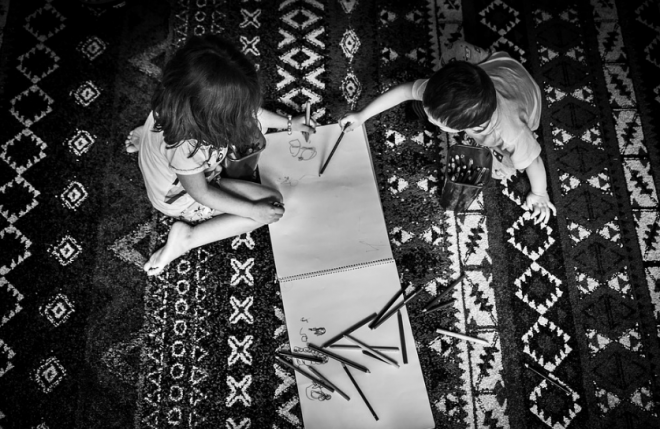A little perfectionist likes order, rules, and thrives on certainty. Perfectionism can start at an early age and when parents or caregivers give these children the support they need, they will thrive. However, it can be challenging to teach young children how to to deal with the inevitable reality that not everything can be achieved with perfection.
So what does perfectionism in children look like and how can you help them?
Here are just a few perfectionistic characteristics you might see in children:
- Focusing on mistakes rather than successes
- Low self-esteem, depression, anxiety and anger
- Being overly cautious
- Believing there is only one right way to do a task
- Their inability to tolerate mistakes makes them less likely to try new things or take creative risks
How You Can Help:
- Model acceptance of mistakes and constructive coping skills.
- Offer patience and understanding.
- Assist in modifying or adjusting their internal standards.
- Teach them to break tasks into chunks and encourage them to take one piece at time.
- Remind them that you love them unconditionally.
- Teach them that mistakes and failures are normal and essential steps in the learning process.
If you notice that your child’s perfectionism is really interfering with their happiness, social and emotional development in addition to physical symptoms such as headaches, stomach aches, sleep problems, unrelenting anger and tantrums, or difficulty at school, it’s time to seek help professional help.
Michelle Rathburn, MSMFT
mrathburn@growcounseling.com

